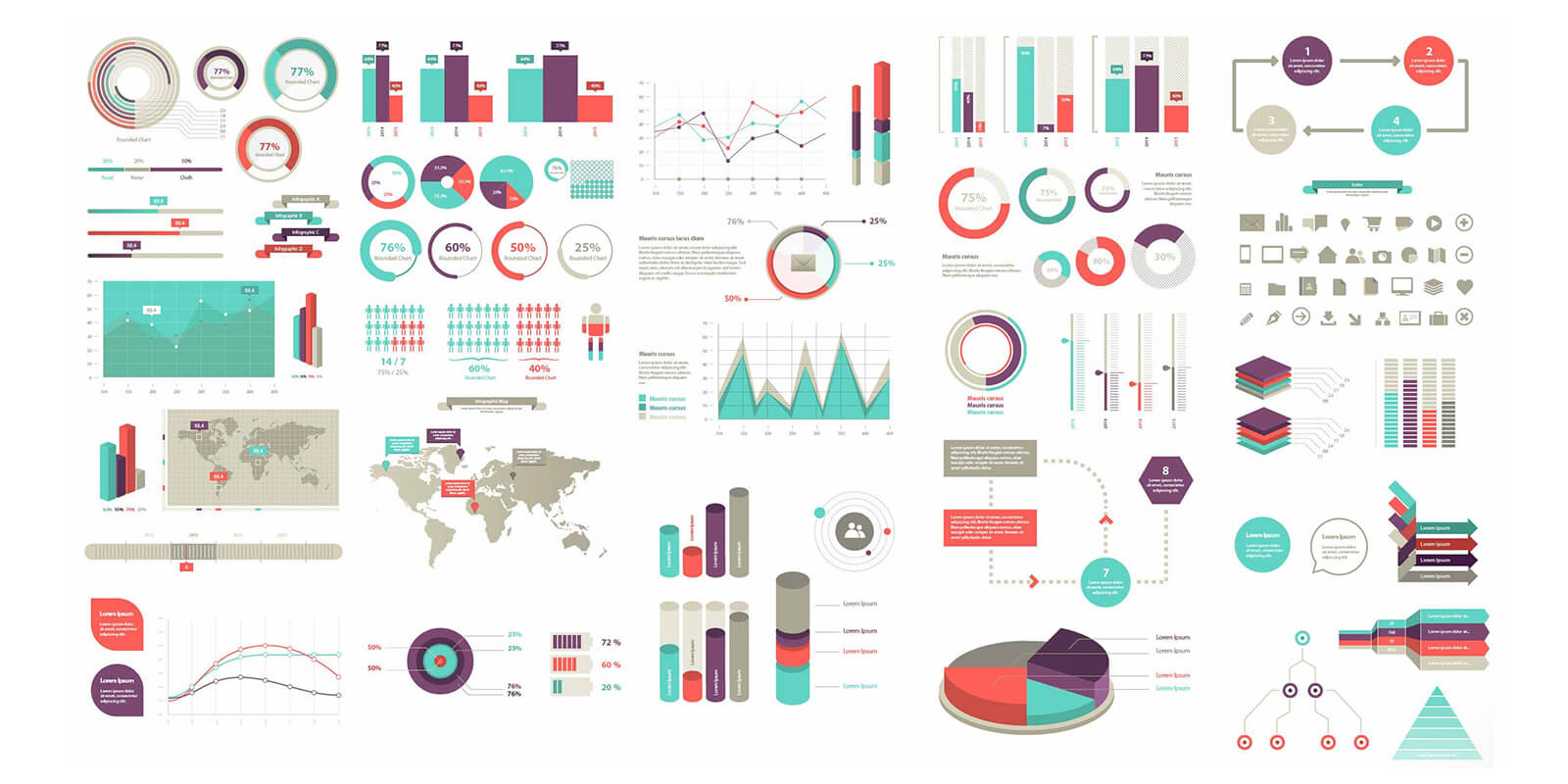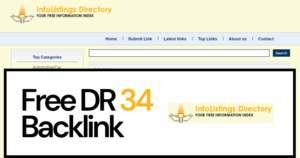Driving organic traffic to your website hinges on two critical factors: relevance and authority. Relevance involves providing high-quality content aligned with your audience’s search interests, while authority is measured by backlinks from other credible websites. These backlinks act as votes of confidence, boosting your site’s credibility and search engine rankings. However, not all backlinks are created equal; focus on securing high-quality, authoritative links. In this blog, we’ll explore 10 innovative and ethical methods to gain valuable backlinks in 2024, ensuring your strategies are both effective and compliant with search engine guidelines.
1. Reclaim Unlinked Mentions
Identifying unlinked brand mentions is an essential first step to reclaim potential backlinks. Use tools like Google Alerts, Mention, or Ahrefs to find instances where your brand is mentioned but not linked. These tools scan the web and notify you whenever your brand name appears in online content.
Once you’ve identified these unlinked mentions, the next step is to reach out to the website owners. Craft a polite and concise email explaining who you are, thanking them for mentioning your brand, and kindly requesting them to convert the mention into a clickable link. Providing a direct URL they can use will make it easier for them to comply with your request.
It’s also vital to monitor future mentions to keep your backlink profile robust. Set up alerts and regularly check for new mentions of your brand. Consistent monitoring ensures that you continue to capture every opportunity for backlinks, helping your site quickly build and maintain a strong SEO foundation.
2. Acquire Contextual Links
Leverage guest blogging to obtain contextual backlinks by writing high-quality articles for reputable sites in your industry. Ensure that your content is relevant and provides genuine value to the readers of the host site. This can build relationships and showcase your expertise, making it more likely for other sites to link back to your content naturally.
Collaborating with influencers can also help in gaining valuable links. Influencers have established credibility and a sizeable audience that trusts their recommendations. By working with them to create content, you not only gain exposure but also increase the likelihood of acquiring backlinks from well-regarded sources. This collaboration can include interviews, co-authored articles, or product reviews.
Engage in content outreach by identifying and contacting websites that are likely to be interested in your content. Craft personalized outreach emails that highlight the unique value of your resources and how they can benefit the target site’s audience. Sharing infographics, research studies, or in-depth guides can be particularly effective as these types of content are more likely to be linked to by other websites.
3. Get Featured in ‘Best X’ Lists
Researching relevant ‘Best X’ lists in your industry is a critical first step. Identify well-regarded websites that regularly compile and update these lists. Use tools like Google Alerts or industry forums to stay informed about new lists. Make sure the lists you target are reputable and have good domain authority to maximize the benefits.
Pitching your content to list creators involves crafting a concise and compelling message. Highlight how your product, service, or content stands out and aligns with the list’s theme. Tailor your pitch to demonstrate why your inclusion would benefit their readers. Provide concrete data or testimonials to support your claims and make your pitch more persuasive.
Showcasing unique value propositions is essential to differentiate yourself from competitors. Clearly articulate what makes your offering unique, whether it’s innovative features, exceptional customer service, or proven results. Providing clear examples and case studies can help illustrate your points. This not only makes you a more attractive candidate for the list but also helps build a stronger case for your inclusion.
4. Update Old Content
Identify outdated articles in your content library that may have lost relevance over time. Use tools like Google Analytics to find pages with declining traffic or high bounce rates. These are prime candidates for updates as they already have a history of external links.
Add new data and insights to these articles to make them relevant again. Research recent statistics, studies, and emerging trends in your industry. Updated content not only improves user experience but also signals to search engines that your page is up-to-date, potentially boosting its ranking.
Reach out to original linkers who previously linked to your outdated content. Inform them about the updates and why it’s now more valuable. A concise, polite email can encourage them to refresh their links, driving traffic back to your improved content.
5. Build Free Tools

Credits: gmass.co
Creating simple online tools can be an effective strategy to attract backlinks. Tools like calculators, converters, or even basic interactive widgets cater to specific needs and can garner significant attention. These tools not only provide value to users but also serve as linkable assets, making your site more attractive for those seeking useful resources to link to.
To maximize the benefits, it’s crucial to integrate these tools seamlessly into your website. Ensure that they are easily accessible, user-friendly, and relevant to your audience. A well-placed and functional tool can enhance user experience, encouraging visitors to share your site with others naturally, thereby increasing organic backlinks.
Promotion through outreach is equally important. Identify blogs, websites, and influencers within your niche and inform them about your new tool. Offer them a demonstration or exclusive first look at how it works. This proactive approach not only boosts visibility but also helps foster relationships with industry peers, potentially leading to more natural and high-quality backlinks.
6. Publish Ultimate Guides

Credits: smarcomms.com
Choose popular topics that resonate with your audience and have proven demand. This ensures that your guide attracts attention and remains relevant. To identify these topics, research industry trends, check competitors, and use tools like Google Trends to gauge interest levels.
Include comprehensive information, covering the topic from all angles. Break down complex ideas into simple sections, use visuals, and add actionable insights. A well-researched and thorough guide positions you as an authority and encourages others to reference and link back to your content.
Encourage naturally linking by promoting your guide on social media, reaching out to industry influencers, and participating in relevant online communities. When your guide offers unmatched value, people will naturally want to link to it as a credible resource, thereby enhancing your SEO efforts.
- Choose Popular Topics
- Include Comprehensive Information
- Encourage Naturally Linking
- Conduct Thorough Research
- Write in-depth and Engaging Content
- Utilize Expert Opinions and Quotes
- Update the Guide Regularly
7. Use Images to Earn Links

Credits: cibirix.com
Designing high-quality infographics can naturally attract backlinks. Infographics present complex data in a visually appealing way, making them highly shareable. They provide value by simplifying information, which encourages other websites to link back to your content. Ensure your graphics are unique, accurate, and professionally designed to stand out.
Submitting images to relevant sites can also help in gaining backlinks. Look for websites and platforms that accept user submissions or have a directory for visual content. Reach out to bloggers and industry-specific sites, offering your images for use in their articles or resources. This broadened exposure can result in additional links back to your website.
Optimizing images for SEO is crucial. Use descriptive file names and include keywords in alt text to make your images more discoverable through search engines. Compress images to ensure they load quickly, enhancing user experience and search ranking. Properly optimized images not only improve your site’s SEO but also increase the likelihood of other sites linking to your visual content.
8. Utilize Directories
To enhance your backlink strategy, identifying industry-specific directories is crucial. These directories are tailored to your niche, leading to more relevant and high-quality backlinks. Start by researching reputable directories that align with your industry standards and check their domain authority to ensure quality.
After finding suitable directories, the next step is to submit your website. This process usually involves filling out forms with your business information, URL, and a brief description. Make sure to follow each directory’s submission guidelines closely to avoid rejection and optimize your chances of getting listed.
Ensuring listing accuracy is vital for maintaining a professional online presence. Double-check all submitted information, including your website URL, business name, and descriptive content. Inaccuracies can lead to broken links or misrepresentations, diminishing the credibility of your website and frustrating potential visitors.
9. Implement Broken Link Building
Identifying broken links on relevant sites is the first step in the broken link building process. Use tools like Ahrefs or Check My Links to scan websites in your niche. These tools will help you locate dead links that once pointed to valuable content but now lead to a 404 error page.
Once you have identified these broken links, the next step is to create replacement content. This could be an updated version of the original content or something similar that offers equal or greater value. Ensure that your new content is comprehensive, well-researched, and provides useful information to the target audience.
The final step is to reach out to the site owners or webmasters of the sites with the broken links. Politely inform them about the broken links and offer your replacement content as a suitable alternative. Be courteous and concise in your message to increase the likelihood of your link being accepted.
10. Use Backlink Checkers
The first step to effectively using backlink checkers is to select reliable tools. Opt for well-known backlink checker tools like Ahrefs, SEMrush, or Moz that provide accurate and comprehensive data. These tools can give you insights into your own backlink profile as well as your competitors’, which is crucial for developing a more effective SEO strategy.
Once you have chosen the right tool, analyze your backlink profile. This involves looking at the quantity and quality of the backlinks pointing to your site. Check for any toxic links that could harm your SEO rankings and identify high-quality links that you may want to target more aggressively in the future.
Finally, continuously track and improve your backlink quality. Regularly monitor your profile to ensure that new backlinks are beneficial and remove any harmful links promptly. Look for opportunities to gain high-quality backlinks from reputable sites to enhance your SEO performance over time.
| Tool Name | Features | Pricing |
|---|---|---|
| Ahrefs | Site Explorer, Keywords Explorer, Site Audit | Varies by plan |
| Moz | Link Explorer, Keyword Explorer, Rank Tracking | Varies by plan |
| SEMrush | Competitive Research, Keyword Research, Site Audit | Varies by plan |
| Majestic | Site Explorer, Backlink History, Link Context | Varies by plan |
| Ubersuggest | Keyword Research, SEO Analyzer, Traffic Analyzer | Varies by plan |
Frequently Asked Questions
1. What are white hat methods for gaining backlinks?
White hat methods are ethical strategies approved by search engines, like creating good content or guest blogging on reputable sites.
2. Why should I focus on white hat SEO instead of black hat?
White hat SEO is safe and follows search engine rules, so it offers longer-lasting results without penalties, unlike risky black hat tactics.
3. How can innovative white hat methods help me in 2024?
Innovative methods can keep you ahead of competitors by attracting high-quality backlinks through new, effective strategies that comply with search engine updates.
4. Why are backlinks important for SEO?
Backlinks act as endorsements from other sites, boosting your site’s authority and helping it rank higher in search engine results.
5. How do I know if a backlink method is truly white hat?
A method is white hat if it focuses on user experience, provides real value, and follows search engine guidelines without trying to game the system.
TL;DR: Identify and reclaim unlinked brand mentions, reach out, and monitor future mentions for backlink opportunities. Leverage guest blogs and influencer collaborations to gain contextual links. Get featured in ‘best of’ lists by pitching unique value propositions. Update old content with new data and reach out to original linkers. Create and promote free tools. Publish comprehensive guides. Use high-quality infographics optimized for SEO. Submit your website to relevant directories. Implement broken link building by creating replacement content. Use backlink checkers to analyze and improve your backlink profile.




